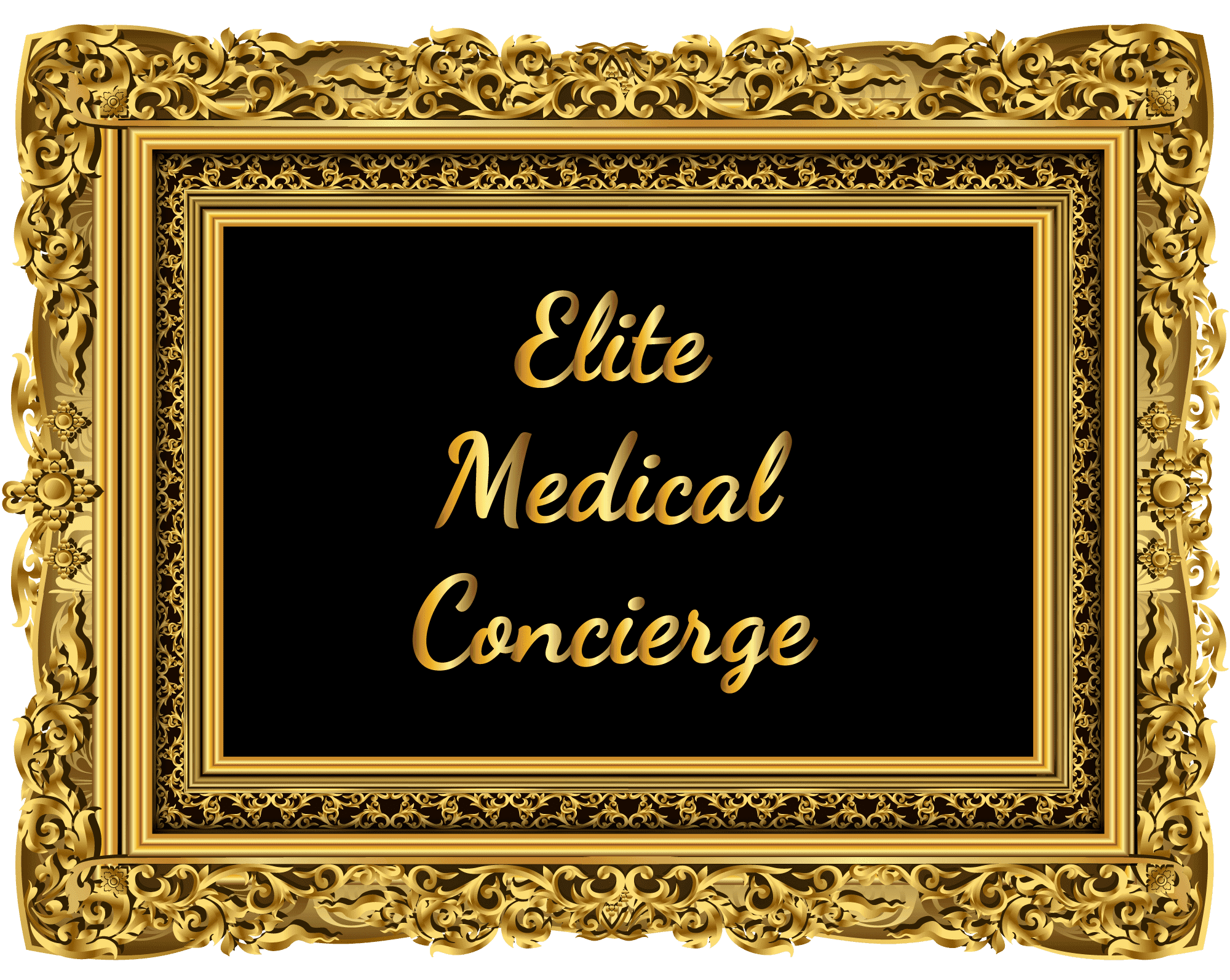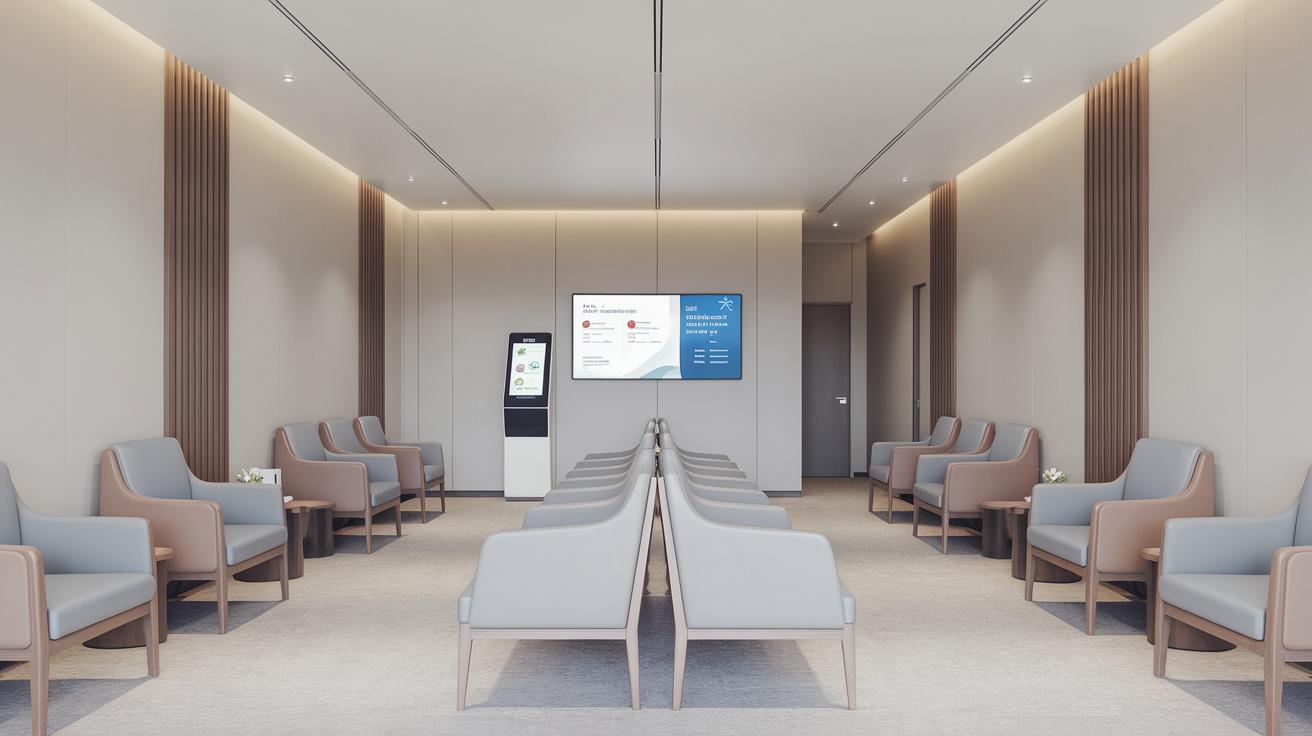Why Waiting Weeks to See a Doctor Is a Thing of the Past
In today's fast-paced world, the healthcare landscape is evolving rapidly, making long waits to see a doctor a thing of the past. With advancements in technology and a growing emphasis on patient-centered care, individuals can now access medical services more efficiently than ever before. This shift not only enhances patient satisfaction but also improves health outcomes, leading to a healthier population overall.
In conclusion, the transformation of healthcare access is well underway, and patients can look forward to a more responsive and efficient system that prioritizes their needs. As we move forward, it is essential for both healthcare providers and patients to adapt to these changes, ensuring that everyone can benefit from the advancements in medical care.
The Rise of Telemedicine
One of the most significant changes in healthcare is the rise of telemedicine. This innovative approach allows patients to consult with healthcare providers from the comfort of their homes, breaking down geographical barriers and making healthcare more accessible. Here are some key benefits:- Convenience: Patients can schedule appointments at their convenience, reducing the need for travel and allowing them to fit healthcare into their busy lives.
- Accessibility: Individuals in remote or underserved areas can access specialists without long waits, ensuring that everyone has the opportunity to receive quality care.
- Time-saving: Virtual visits often require less time than traditional in-person appointments, allowing patients to spend more time on their daily activities.
Same-Day Appointments
Many healthcare providers are now offering same-day appointments, which significantly reduces wait times and enhances patient experience. This trend is driven by several factors:- Increased demand for immediate care: Patients are seeking timely medical attention, especially for acute issues that cannot wait.
- Efforts to improve patient satisfaction: Healthcare providers recognize that reducing wait times is crucial for maintaining patient loyalty and trust.
- Utilization of advanced scheduling systems: These systems optimize provider availability, making it easier for patients to secure appointments when they need them.
Walk-In Clinics and Urgent Care
Walk-in clinics and urgent care centers have become popular alternatives for non-emergency medical needs, providing a valuable resource for patients seeking immediate care. These facilities offer:- Extended hours: Many clinics operate during evenings and weekends, accommodating patients' schedules.
- Shorter wait times: Compared to traditional doctor's offices, walk-in clinics often have shorter wait times, allowing patients to receive care more quickly.
- A wide range of services: From treating minor injuries to providing vaccinations, these centers cater to various healthcare needs.
Patient-Centric Innovations
Healthcare providers are increasingly focusing on patient-centric innovations that streamline the process of receiving care. Some notable examples include:- Online booking systems: These systems allow patients to choose their preferred time slots, making it easier to fit healthcare into their schedules.
- Automated reminders: Appointment reminders help reduce no-show rates, ensuring that patients attend their scheduled visits.
- Patient portals: These platforms provide easy access to medical records and test results, empowering patients to take an active role in their healthcare.
The Future of Healthcare Access
As technology continues to advance, the future of healthcare access looks promising. With ongoing improvements in telehealth, same-day appointments, and patient-centric services, waiting weeks to see a doctor will soon be a distant memory. Embracing these changes not only benefits patients but also enhances the overall efficiency of the healthcare system, leading to better resource management and improved health outcomes for communities.In conclusion, the transformation of healthcare access is well underway, and patients can look forward to a more responsive and efficient system that prioritizes their needs. As we move forward, it is essential for both healthcare providers and patients to adapt to these changes, ensuring that everyone can benefit from the advancements in medical care.

A Deeper Look at Personalized Health Management Plans and Preventive Care Through Concierge Services
Discover how personalized health management plans through concierge services can transform your healthcare experience, enhancing preventive care and improving patient outcomes tailored just for you.










